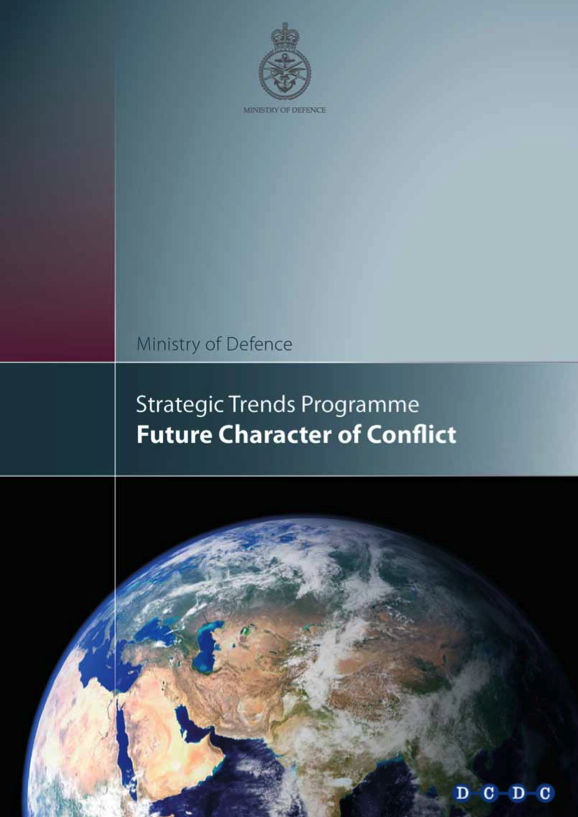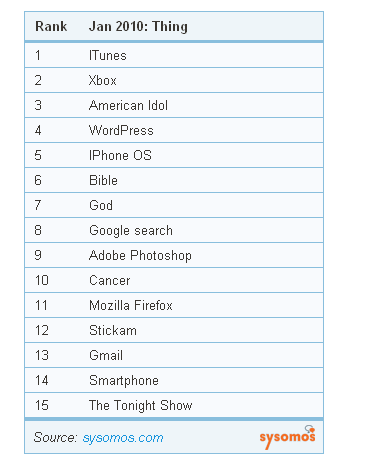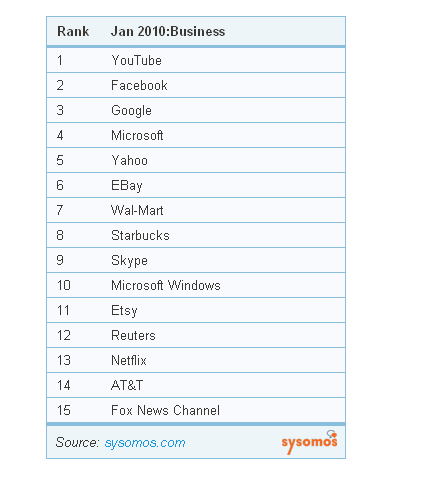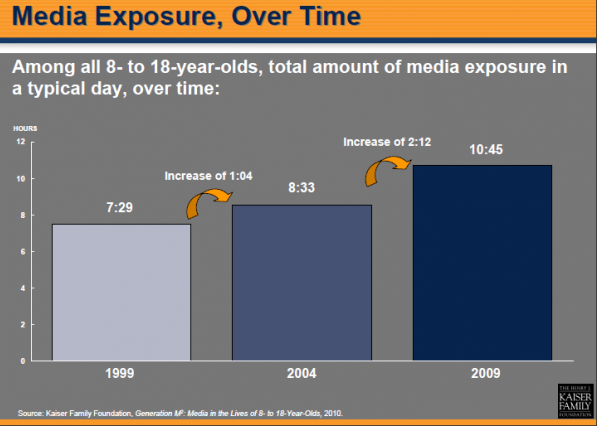
Interesting report on the future character of conflict out to the year 2029 just published by the Development, Concepts and Doctrine Centre (DCDC), which is part of the Ministry of Defence in the UK. The top line is that the future will be more unstable than the past and there is an increased probability of conflict. The reasons cited for this include state failures, growing resource competition (something I’m increasingly concerned by), the rise of extremist groups and the changing balance of global power. The growth of communications and weak border controls also mean that it is increasingly likely that terrorist groups will attack the UK in the future.
To quote the report: ” The merging of state proxies, extremist ideologies and criminal interests into a toxic cocktail, along with the effects of globalisation, such as more porous borders, will make some non-state actors harder to counteract. They could employ a wide spectrum of military capabilities, albeit some at a limited scale, but they will nevertheless be capable of innovative tactics thatexploit inherent UK vulnerabilities.” Yikes.
You can download the whole report from the link in comments.





